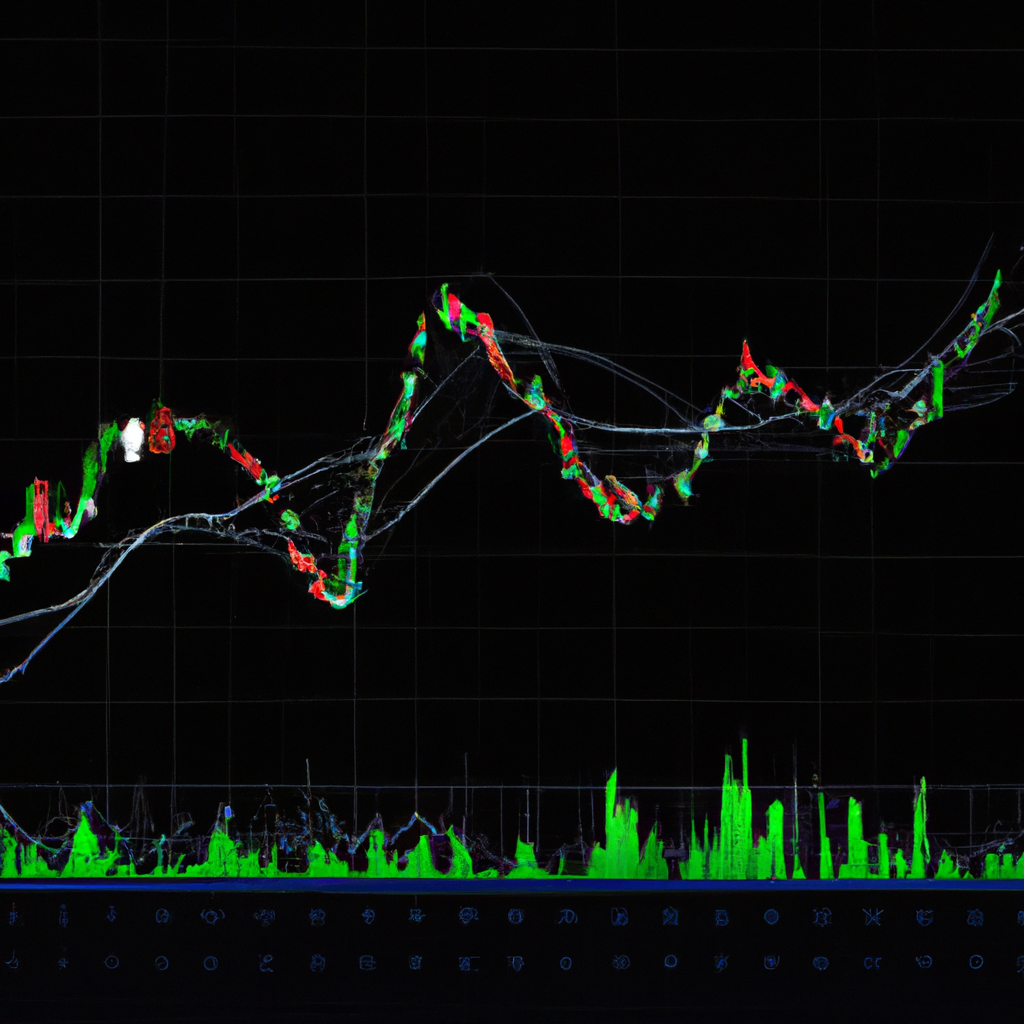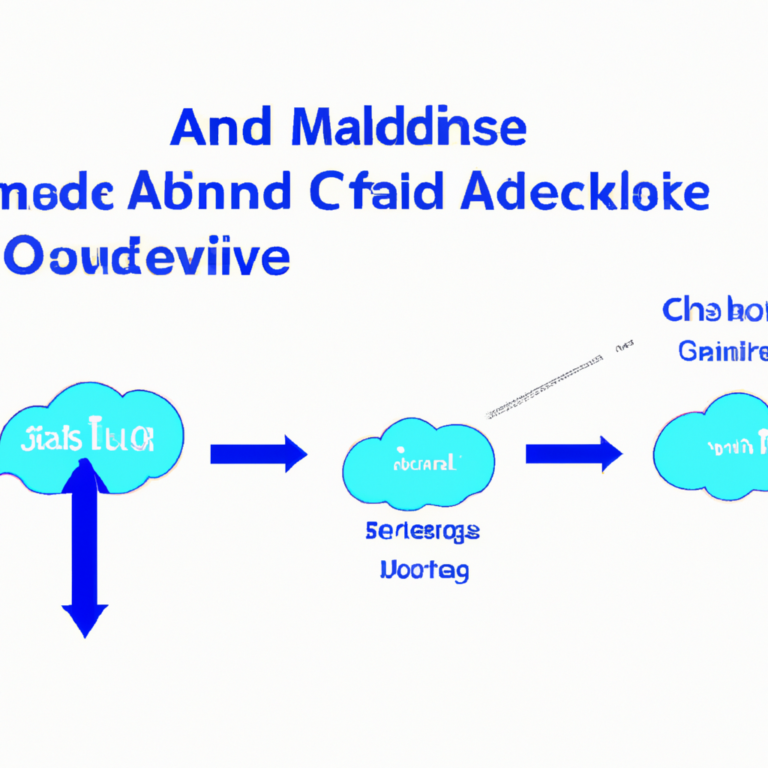Momentum Trading with Oscillators
Introduction
Momentum trading is a popular strategy among traders that involves buying or selling assets based on the strength of recent price movements. Oscillators are technical indicators that can help traders identify overbought or oversold conditions in the market. By combining momentum trading with oscillators, traders can make more informed decisions and potentially increase their profits.
Choosing the Right Oscillator
There are many different oscillators available to traders, such as the Relative Strength Index (RSI), Stochastic Oscillator, and Moving Average Convergence Divergence (MACD). It’s important to choose an oscillator that aligns with your trading style and preferences.
Relative Strength Index (RSI)
The RSI is a momentum oscillator that measures the speed and change of price movements. It ranges from 0 to 100 and is typically used to identify overbought or oversold conditions in the market.
Stochastic Oscillator
The Stochastic Oscillator compares a security’s closing price to its price range over a specific period of time. It ranges from 0 to 100 and is used to identify potential trend reversals.
Moving Average Convergence Divergence (MACD)
The MACD is a trend-following momentum indicator that shows the relationship between two moving averages of a security’s price. It consists of a MACD line, signal line, and histogram, which can help traders identify buy and sell signals.
Implementing a Momentum Trading Strategy
Once you have chosen an oscillator that suits your trading style, you can start implementing a momentum trading strategy. Here are some steps to get you started:
Step 1: Identify Overbought or Oversold Conditions
Use the oscillator to identify overbought or oversold conditions in the market. For example, if the RSI is above 70, it may indicate that the market is overbought and a potential reversal could occur.
Step 2: Wait for Confirmation
Don’t make trades based solely on oscillator signals. Wait for confirmation from other technical indicators or price action patterns before entering a trade.
Step 3: Set Stop Loss and Take Profit Levels
Always set stop loss and take profit levels to manage your risk and protect your profits. This will help you avoid significant losses and lock in gains.
Conclusion
Momentum trading with oscillators can be a powerful strategy for traders looking to capitalize on short-term price movements in the market. By choosing the right oscillator and implementing a disciplined trading plan, you can increase your chances of success and potentially achieve higher returns.










